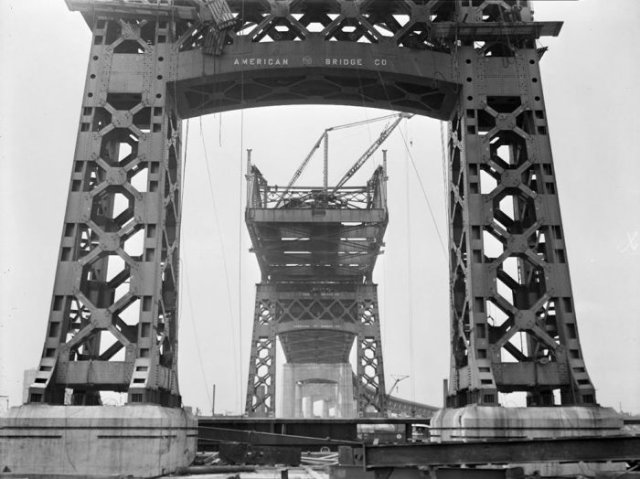

This landmark building was designed by architect Willoughby J. The Municipal Record Keepers: Eugene J.Welcome to the Archive at 666 Greenwich Street, one of the West Village's rental gems. New Utrecht: A Library Catalogue, circa 1796 The Old Town Records Collection: A Frenchman’s Possessions in New York CityĪ Day Without and With(out) Art, A Night Without Light Preserving Mali’s Motion Picture Film Heritageįrom Marketfield to the Greenmarket, Part II: The Market ManĪ Charter for New Amsterdam: February 2, 1653įrom Marketfield to the Greenmarket, Part I The Congressional Records of Mayor Edward I. Look for next week’s blog where we highlight some of the amazing plans that have been identified in the collection.įind of the Week: Report of the Jamaica Bay Improvement Commission It’s also worth doing the work because the collection has so much to offer that is now becoming more accessible to the public. As of now we are scanning on demand for researchers as well as digitizing particularly interesting or beautiful plans so they can be part of our online gallery. Retrieval of the actual plans once they are processed takes minutes instead of hours and almost everything that has been processed is in a state that is now ready for scanning because the flattening and repair has already been performed. Now, when we receive inquiries about plans from researchers, we can tell immediately whether we do or do not hold plans for a particular address or block and lot number, and can supply quantity and date information simply by checking the spreadsheet. We have processed almost 30,000 drawings but there’s a lot more work to be done! Clearly, it is a really big, multi-year project, but it’s very worth it. Our goal is to provide multiple entry points. Our concern is that researchers might request materials based on numbers from the DOB BIS, or from insurance atlases, or old block and lot maps, which may not match up with 1970s labeling. When we identify the plans, we record the block and lot number from when the plan was filed as well as the current identifying information listed in the DOB BIS (Building Information System). The lot numbers written on these plans (often written very boldly in horrifying black magic marker!!!!) are essentially only accurate for the location identification as it was in the 1970s. This mean that we do not know the contents of a bundle until it is unrolled. Over time, when buildings are expanded or torn down, and new larger buildings are built, or buildings are combined, the lot number can change. When sorting the plans, we verify the block and lot information and record it in a spreadsheet, as well as addresses, quantity of plans, dates, and notes on architects, important features, and major condition concerns that are passed on to our conservation department.Ī block can contain up to 70 or 80 lots, sometimes all rolled together. The method for organizing the plans is according to the building’s block and lot number all the plans for all the buildings or structures built on a particular city lot, and all the changes and alterations made to an already existing building on that lot, are stored together. By 1882, no wood-frame buildings were allowed below 155th Street.įirst, the dusty bundles are un-rolled and the plans are identified, sorted, flattened, repaired if damaged, counted and cataloged, and carefully and neatly re-rolled onto acid-free tubes, wrapped with protective Mylar, and stored in acid-free boxes. In 1816, the city banned new construction of wood-frame structures below Canal Street and in 1849 the ban was extended to 32nd Street. The 1845 fire destroyed 345 buildings in the financial district and killed 40 people. Fires devastated the city in 1776, 1835, and 1845. Throughout the next 200 years, city leaders enacted an array of building regulations, mostly related to sanitation and public safety, particularly from the hazard of fire. Among the edicts were prohibitions on roofs made of reeds, and wooden or plaster chimneys.

In 1625, the Dutch West India Company imposed rules for the locations and types of houses that could be built in the colony. Regulations concerning buildings pre-date the DOB. The plans had been submitted to the DOB by builders, architects, plumbers, electricians, etc., as part of the process to receive a permit to build or alter any structure. They date from establishment of the Department of Buildings (DOB) in 1866 through 1978. The collection consists of architectural plans for most buildings on the 958 blocks of Manhattan below 34th Street.


 0 kommentar(er)
0 kommentar(er)
